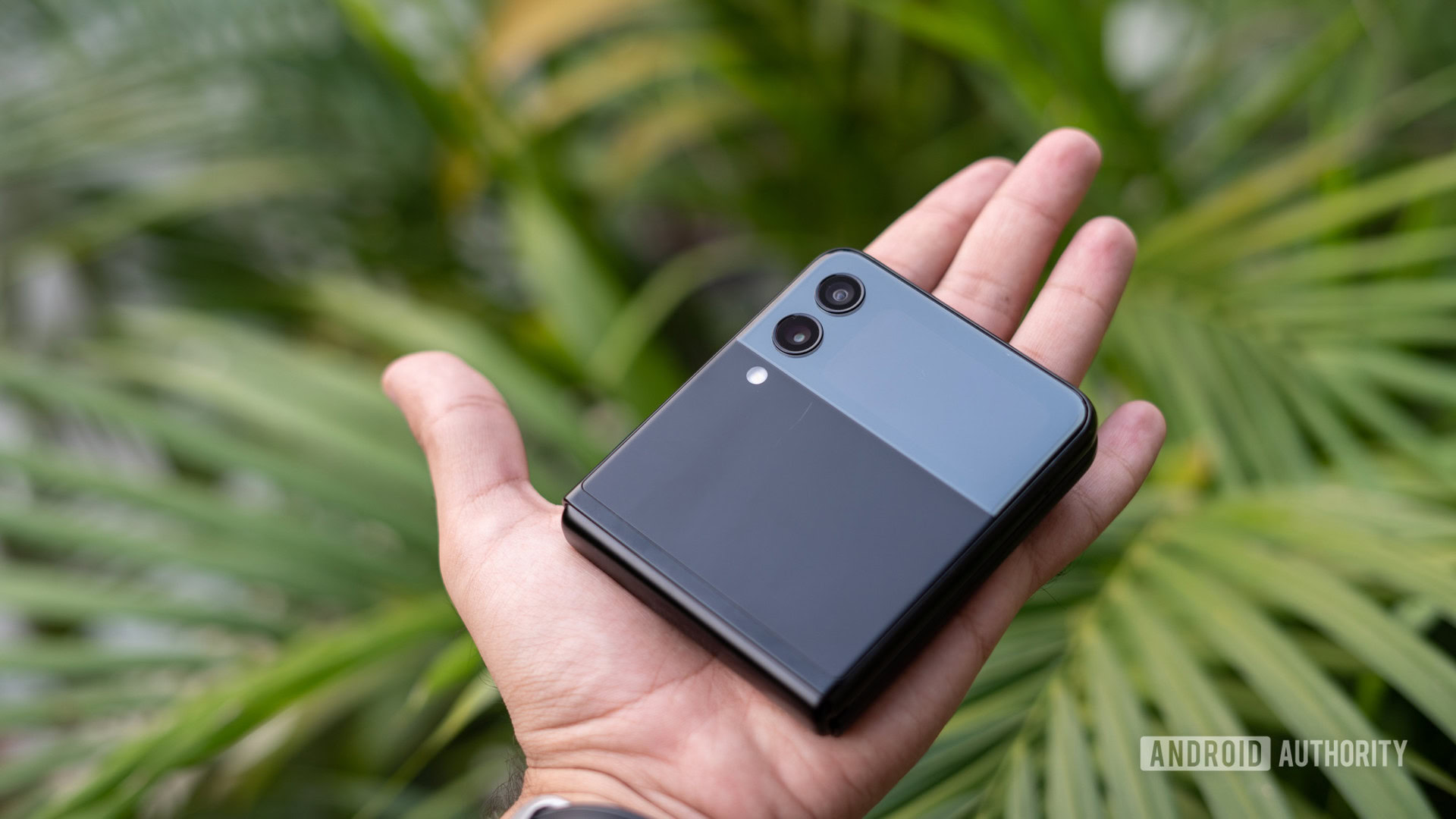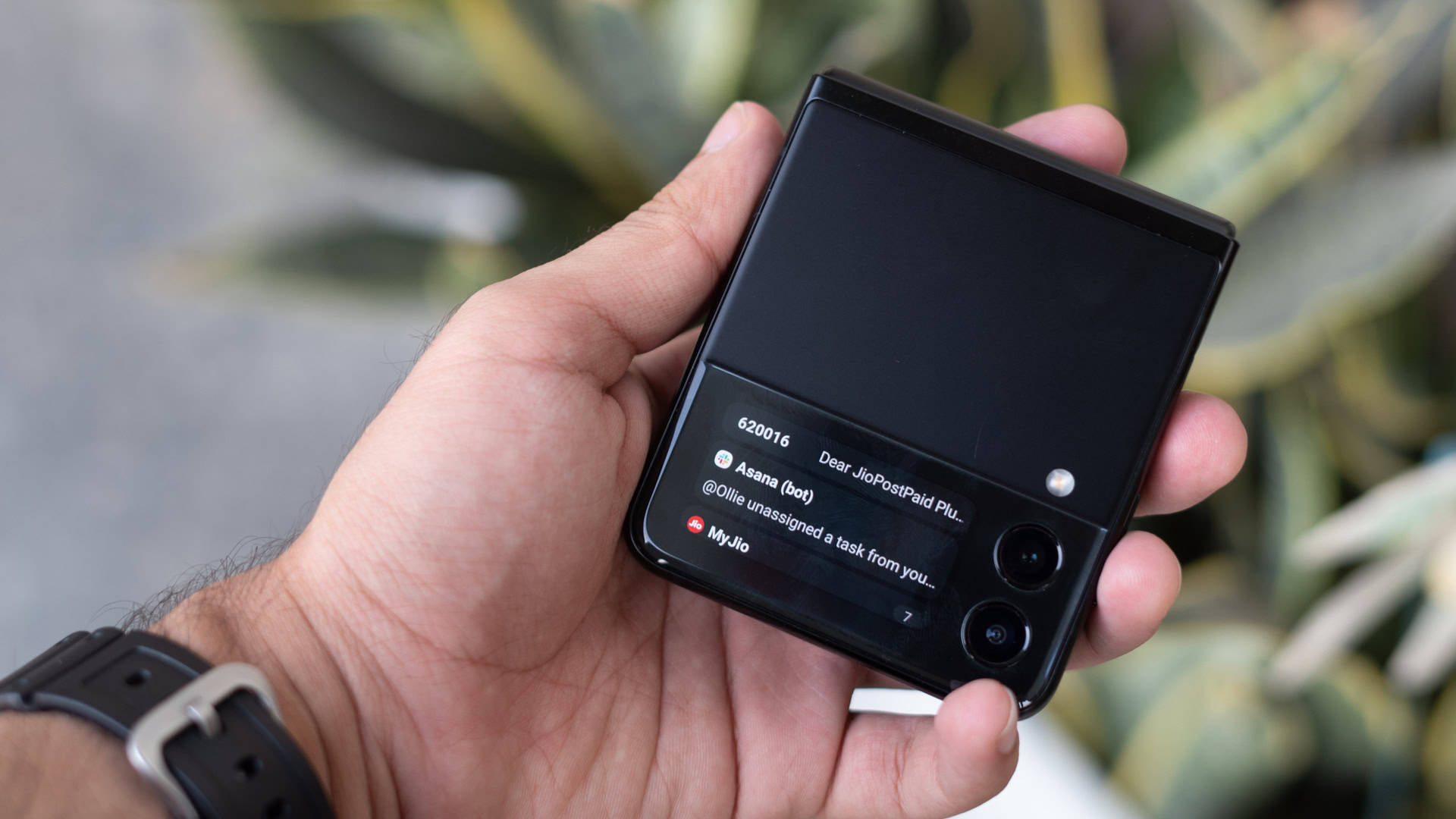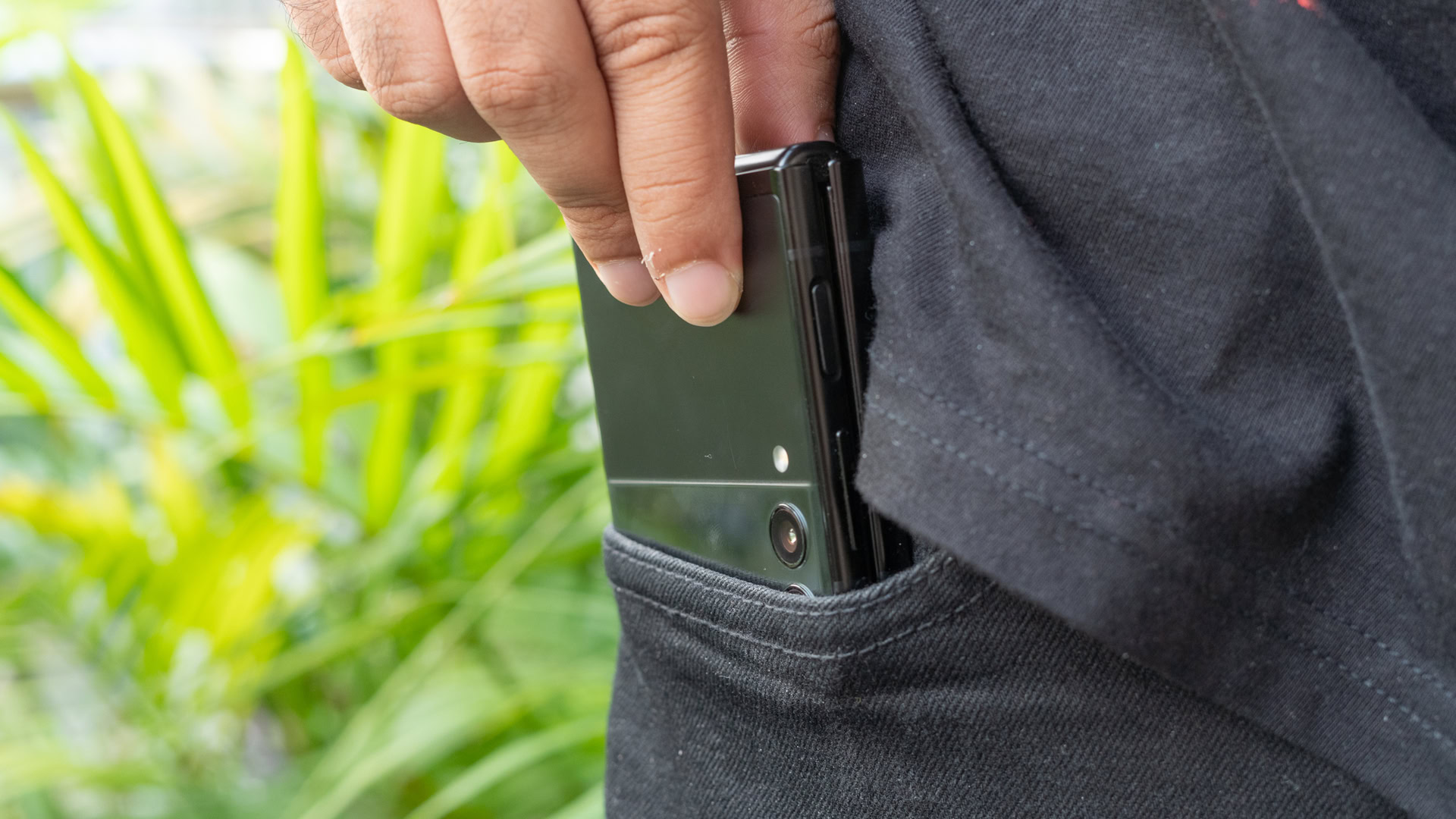Affiliate links on Android Authority may earn us a commission. Learn more.
The best thing about foldables could one day be their durability

Regardless of what any of us in the media think, the current crop of foldables are a glimpse at the future of phones and tablets. They’re more portable than their brick-like counterparts, and they open up many new design possibilities. From a marketing standpoint, foldables are sexy, and an easy sell to customers who want the cutting edge.
They would probably be ubiquitous by now if they weren’t so expensive, but there’s another big caveat that holds them back — their fragility. The folding screens of 2021 are better protected than the first-generation tech, but are still so easily dented or punctured that to use an S Pen with the Galaxy Z Fold 3, you have to buy a custom version that retracts as you press. The hinges on foldables, meanwhile, tend to be both complex mechanisms and terrible at keeping dust from under displays. Taking a foldable on a camping trip would be tempting fate.
Yet for all those problems, it’s not like regular phones aren’t vulnerable. We’ve somehow grown used to the idea of $1,000-plus mini-computers with fully exposed screens. Cases and Gorilla Glass have made them practical, but the truth is that plenty of people are still scratching and cracking displays by accident — often rendering them useless.
But what if, one day, foldables could solve that problem?
Flip fantastic

Clamshell foldables like the Z Flip 3 could be the future of durability rather than a setback, for one obvious reason: if a screen isn’t exposed, it’s harder to break. We already know this from classic clamshell phones, but it’s a history lesson many of us have had to re-learn the hard way. A colleague recently shared with me that every time he’s cracked a screen it was because he dropped a phone on the go, not while actually using it. He lamented that with a Flip, the worst that could’ve happened to him would’ve been wrecking its small external screen, which is non-essential and would’ve been simpler to replace.
Clamshell foldables like the Z Flip 3 could be the future of durability rather than a setback, for one obvious reason: if a screen isn’t exposed, it’s harder to break.
Indeed the Flip 3 has a few things going for it, another being that clamshells are cheaper foldables than phone-tablet hybrids like the Z Fold 3 or Mate X2, particularly when things go south. The Z Fold 3 costs a colossal $1,800 — even if you can afford the upfront price, replacing or fixing the device can be financially difficult. The Z Flip 3 remains expensive at $1,000, but it’s at least in line with other high-end phones, so repair and replacement should be manageable.
It might even be a mistake to adopt full-size exterior displays like the Fold’s. To date these have often been awkward compromises, usually meant to save a few seconds when texting or calling. By omitting one, the Z Flip 3 improves both cost and resilience.
Patience is the word

Let’s be clear — as of 2021, foldable clamshells like the Z Flip 3 and the Motorola Razr 5G are still more delicate than regular smartphones. Their screens need to be gingered, and the Flip 3’s IPX8 waterproofing doesn’t stop the threat of dust. But it’s not hard to imagine subsequent hardware solving those flaws, especially since Apple and Google are rumored to be joining the foldable fray in the next few years, which should push foldable innovation even further.
That evolution could eventually be enough to put clamshell foldables ahead of traditional rectangular slab smartphones in the durability stakes. Things could be made even better by ditching back glass and outside displays entirely, yet while the first part is feasible — many people would probably rather have metal, anyway — the second seems unlikely. The Z Flip 3’s exterior has proved a nice compromise between toughness and convenience. Not everyone has a watch they can check, and it feels like overkill to unfold a smartphone for the time, date, or notifications.
Related: How much does it cost to replace a foldable phone’s screen?
It’s really just a question of how long the industry will take. The first Fold stumbled out of the gate because Samsung hadn’t anticipated basic problems, like people mistaking a protective layer for a removable one. Clamshells also tend to compromise on features like cameras and battery life at the moment, whether for design reasons, offsetting cost, or both. In that sense, phones like the Z Flip 3 are a step back, especially since they don’t offer the functional advantages (or wow factor) of phone-tablet hybrids.
Trial by fire has taught foldable makers a lot of lessons, though, and will probably continue to drive innovation where it needs to go. They’ll make fewer compromises as time goes on, and one day, we may not even think twice about snapping a device shut to keep it safe in our pocket.